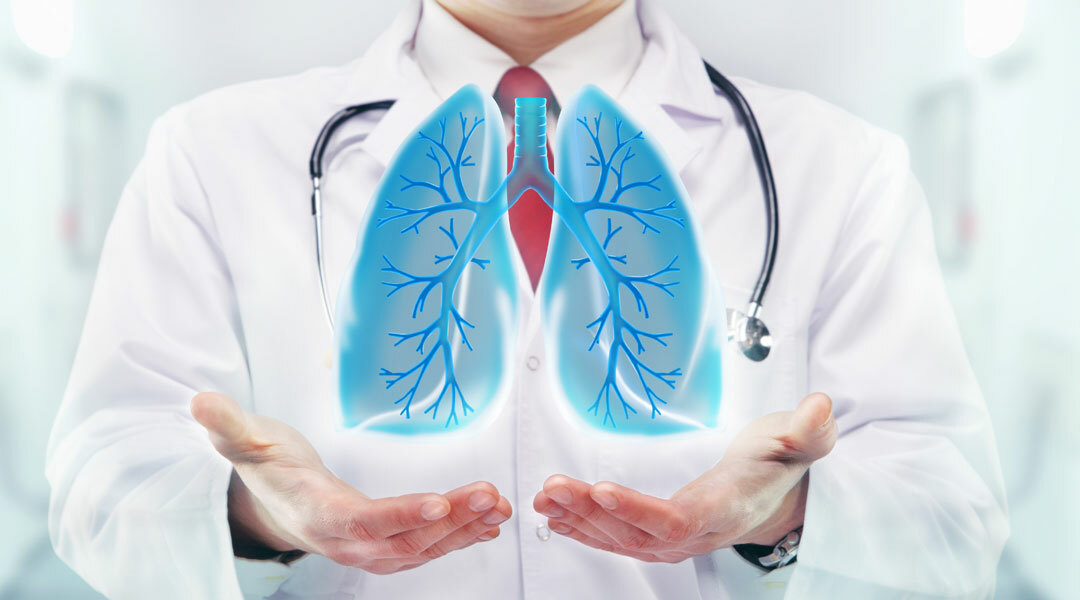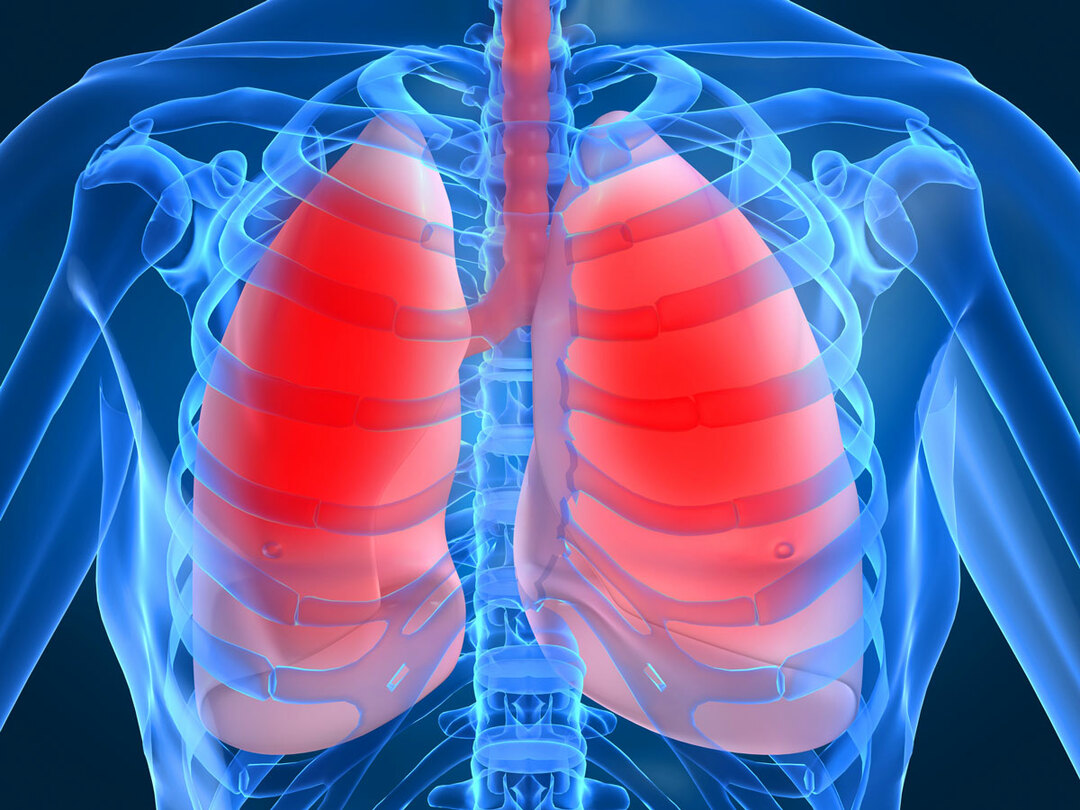Tachypnea: what is it, causes, symptoms, treatment, diagnosis
Content
- What is tachypnea?
- Tachypnea against shortness of breath
- Physiological causes
- Pathological causes
- Diseases that can lead to tachypnea
- Tachypnea symptoms
- Diagnostics
- Tachypnea and lung cancer
- Tachypnea treatment
What is tachypnea?
Tachypnea is defined as an increased respiratory rate, or more simply, rapid breathing. Normal breathing rate may vary with age and activity, but is usually from 12 to 20 breaths per minute for an adult at rest.
Unlike the term hyperpnea, which refers to rapid, deep breathing, tachypnea means rapid, shallow breathing.
Consider the physiological causes of tachypnea, as well as the diseases in which it can occur.
Tachypnea against shortness of breath
As noted, tachypnea is a term used to describe fast, shallow (shallow) breathing, but it doesn't say anything about how the person is feeling. With tachypnea, a person may experience severe shortness of breath or, conversely, the person may not notice any difficulty in breathing at all.
Dyspnea (dyspnea) is a term that also describes rapid breathing but refers to feeling lack of air.
Dyspnea can occur with a normal respiratory rate, a high respiratory rate, or a low respiratory rate. It can also occur with shallow or deep breathing.
Physiological causes
Physiological causes of a condition refer to the body's normal response to the elimination of another condition. In this case, a condition such as tachypnea is not an abnormal response from the body, but a normal response to another type of abnormal condition or imbalance in the body.
Tachypnea can be caused by three main physiological processes:
- Imbalance between breathing gases in the body. Low oxygen levels in the blood (hypoxemia) or high levels of carbon dioxide in the blood (hypercapnia) can cause tachypnea.
- Acid-base balance in the body. Tachypnea can be caused by excess acid in the body or a decrease in the alkaline environment in the body (acid-base imbalance). When the body senses that the blood is too acidic (i.e. metabolic acidosis occurs), it releases carbon dioxide from the lungs in an attempt to rid the body of the acid.
- Fever (fever). High fever for any reason can cause tachypnea. In fever, rapid, shallow breathing is a compensatory phenomenon, which means that the breathing rate is increased to eliminate heat from the body.
Read also:Lung anthracosis
In these examples, tachypnea is not abnormal, but rather the way the body compensates for another deviation in the body to maintain balance (i.e. homeostasis).
Pathological causes
Unlike physiological causes, a pathological cause is one that does not arise in an attempt to restore equilibrium (balance) in the body, but actually does the opposite.
For example, hyperventilation can cause rapid shallow breathing, not in an attempt to restore balance in the body, but rather as a response to anxiety or fear.
Diseases that can lead to tachypnea
Rapid, shallow breathing can cause a wide range of illnesses. Depending on the categories, they may include:
- Diseases of the lungs: Lung conditions that result in low oxygen levels or elevated levels of carbon dioxide in the body may include chronic obstructive pulmonary disease (COPD) sarcoidosis of the lungs, asthma, pneumonia, pulmonary fibrosis, pneumothorax (lung collapse) or pulmonary embolism. Rapid breathing is the way the body tries to raise oxygen levels or lower carbon dioxide levels in the blood.
In hospitalized people, tachypnea can be a sign of pneumonia and often occurs before other obvious signs of pneumonia appear.
- Heart disease: Conditions such as heart failure, anemia or hypothyroidism, can lead to cardiovascular disease, which in turn causes tachypnea.
- Hyperventilation: It can occur due to pain, anxiety, or other conditions.
- Metabolic acidosis: Occurs when blood acid levels rise, the respiration rate increases to release carbon dioxide. Some reasons for this include diabetic ketoacidosis, lactic acidosis and hepatic encephalopathy.
- Diseases associated with the central nervous system: Tachypnea can be directly caused by brain abnormalities such as brain tumors.
- Medicines: drugs or substances such as aspirin, various stimulants, and marijuana can cause rapid, shallow breathing.
Read also:Cystic fibrosis disease: causes, symptoms, diagnosis and treatment
Tachypnea symptoms

Tachypnosis can be accompanied by a feeling of shortness of breath and inability to breathe in enough air (shortness of breath), blue tinge of fingers and lips (cyanosis) and breathing with the retraction of the chest muscles.
Tachypnosis can also occur without any obvious symptoms, especially if it is associated with conditions such as metabolic disorders or diseases of the central nervous system.
Diagnostics
The diagnosis of tachypnea will vary based on the person's age, other medical problems, medication intake, and other symptoms, but may include:
- Oximetry: The procedure measures the oxygen concentration in the blood. The test is used in the assessment of various diseases that affect the function of the heart and lungs.
- Arterial blood gas analysis: Blood gases can provide a more accurate estimate of the oxygen level as well as the carbon dioxide level in the blood. They will also inform the doctor about the pH of the blood, which can be helpful in assessing metabolic abnormalities.
If the pH of the blood is low (i.e. acidosis), tests can be done to identify causes such as diabetic ketoacidosis, lactic acidosis and problems with liver.
- Chest x-ray: A chest X-ray can quickly identify some of the causes of tachypnea, such as a collapsed lung.
- CT scan (CT) of the chest: A CT scan of the chest is done to look for lung diseases or tumors.
- Research lung function. Pulmonary function tests are very helpful in looking for conditions such as COPD and asthma.
- Glucose analysis: Blood sugar levels are often checked to rule out (or confirm) diabetic ketoacidosis.
- Electrolyte analysis: Analyzes of sodium and potassium levels are helpful in evaluating some of the causes of tachypnea.
- Hemoglobin analysis: A complete blood count and hemoglobin count may be done to rule out (or confirm) signs of anemia as well as infections.
- Electrocardiography (EKG): EKG can find signs heart attack or abnormal heart rhythms (cardiac arrhythmias).
- VQ scan (or ventilation perfusion scan): VQ scans are often performed if there is a likelihood of a pulmonary embolism.
- Magnetic resonance imaging (MRI) of the brain: If no clear cause of the tachypnea has been found with other diagnostic methods, MRI of the brain may be done to rule out brain abnormalities (such as tumors) as causes.
- Chemical and toxicological studies: There are many prescription and over-the-counter drugs as well as illegal substances that can cause tachypnea. Chemical toxicological studies are often performed in emergency situations if the cause of the tachypnea is unknown.
Read also:Lung diseases in humans: a list and their symptoms
Tachypnea and lung cancer
Lungs' cancer can cause tachypnea in a variety of ways. Damage to the lungs can disrupt the normal exchange of oxygen and carbon dioxide. Scars on the chest, such as from lung cancer surgery, can reduce the ability to breathe and consume oxygen.
Anemia caused by chemotherapy for lung cancer can further worsen tachypnea as blood levels decrease the number of red blood cells to carry oxygen, and therefore breathing becomes faster in an attempt to correct problem.
Tachypnea treatment
If attacks become frequent, and are not caused by natural causes, the patient experiences weakness, panic attacks, pain, you need to take the advice of a specialist. Most likely, in such a situation, tachypnea is associated with a specific disease, and its treatment is the therapy of the underlying disease. Within the framework of the application of the main treatment scheme, rapid breathing is also gradually eliminated.
To relieve the condition for a short time, it is recommended to use a paper bag with a small hole. Apply it to your mouth, squeezing the edges with your hand, and breathe like this for about five minutes. This optimizes gas exchange in the cells and the natural respiratory rhythm is restored. It is also useful to do relaxing exercises.



